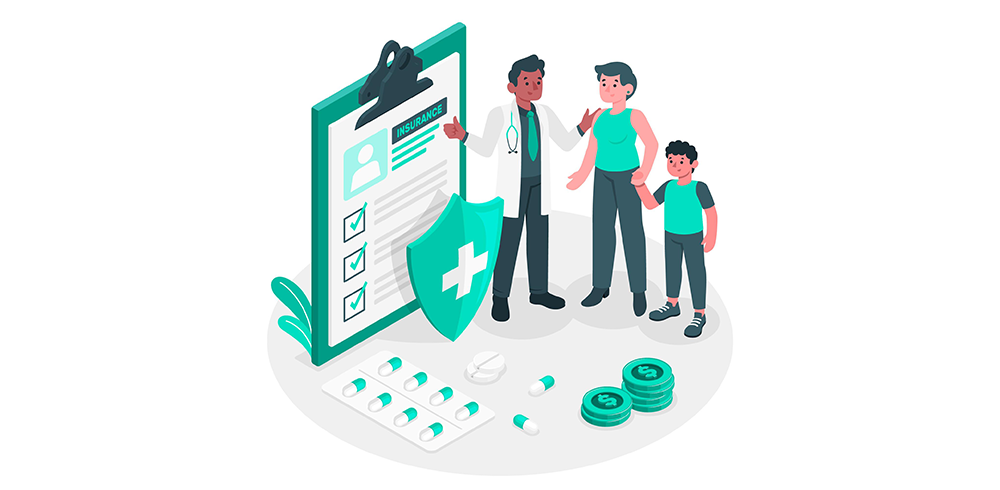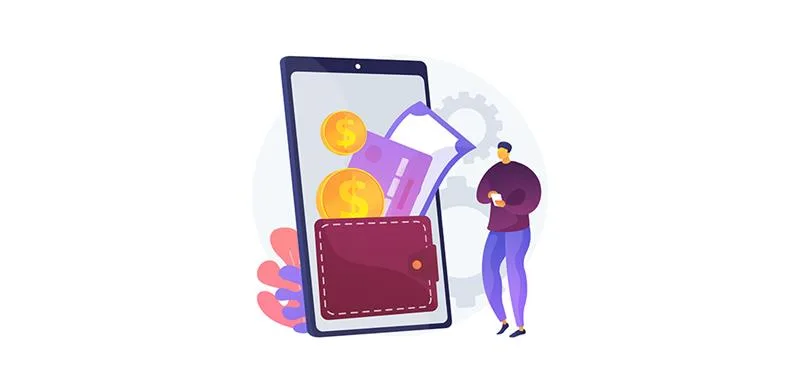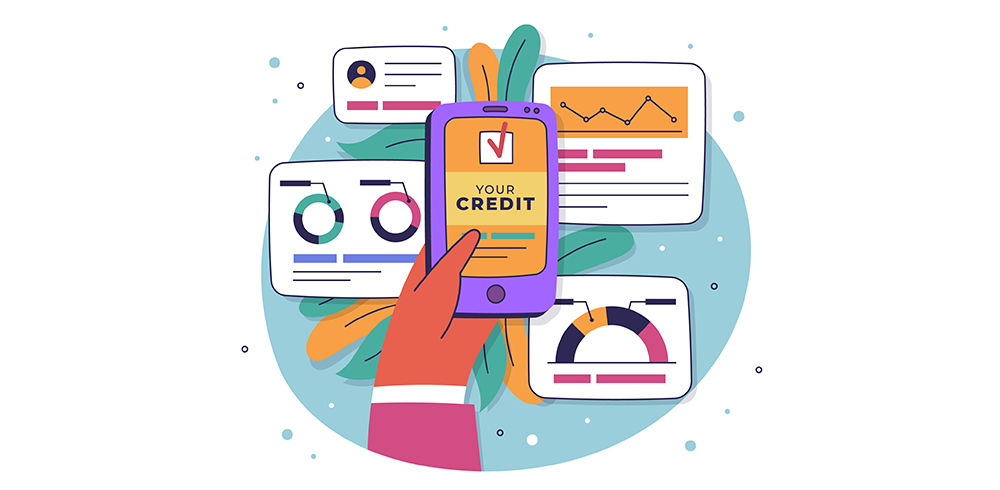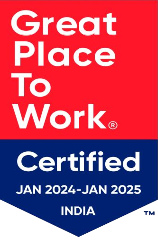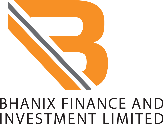When it comes to understanding credit, there are two significant terms you should be aware of – “credit line” and “credit limit.” Although they might sound similar, they are quite different. While a credit line is an account or loan you can use and repay as needed, a credit limit is the maximum amount you can borrow.
Well, that makes sense, right? So, let’s move ahead and understand more about them and how they differ from each other.
What is a Credit Line?
Let’s first understand the basics! A credit line, otherwise known as a line of credit, is a flexible loan that you can draw on whenever you need it. It’s like a pool of money you can use as needed. You can borrow, repay, and borrow again, as long as you don’t exceed the maximum limit. This flexibility makes credit lines useful for managing cash flow, emergencies, or making purchases without needing multiple loans.
Types of Credit Lines
Here are the two major types of credit lines:
Revolving Credit Line
This is the most common credit line type where you have a set credit limit and you can borrow, repay, and borrow again.
Non-Revolving Credit Line
With this credit line, you can borrow up to a certain amount, but once you repay, the credit line closes and cannot be used again.
Also Read: The Difference between Revolving and non Revolving Credit
How Credit Lines Work
The process is simple. Once you are approved for a credit line, the lender sets the maximum amount you can borrow, and this is known as the credit limit. Now you can use the funds up to this limit, irrespective of how much you wish to spend, all at once or in smaller increments. As you repay the borrowed amount, the available credit replenishes. Interest is charged only on the amount you borrow, not the entire credit limit. Let’s make it clear with an example – If you have a ₹5,000 credit line and you use ₹2,000, you have ₹3,000 left to use. If you repay ₹1,000, your available credit increases to ₹4,000.
Also Read : Credit line Vs Credit Card : Whats Better
What is a Credit Limit?
Now on the other hand, a credit limit is the maximum amount of credit a lender provides you on a credit card or line of credit. For example, if your credit card has a ₹10,000 limit, you can’t charge more than ₹10,000 on that card without paying the balance.
Factors Determining Your Credit Limit
Here are the most significant factors that determine your credit limit:
- Credit Score: Higher scores usually lead to higher credit limits because they indicate lower risk to lenders.
- Income: Lenders assess your income to make sure you can repay the borrowed amount.
- Credit History: A history of responsible credit use can lead to higher limits.
- Debt-to-Income Ratio: This ratio helps lenders understand your ability to manage debt.
Comparing Credit Line and Credit Limit
- Credit Line: Refers to the overall account or type of credit you have access to.
- Credit Limit: Refers to the maximum amount you can borrow on that credit line.
Making the Right Credit Decision
When deciding between different credit options, you can consider the following:
- Purpose: Determine why you need the credit. Is it for a large purchase, ongoing expenses, or emergencies?
- Cost: Look at the interest rates, fees, and other costs associated with the credit.
- Flexibility: Check how flexible the credit terms are. Revolving credit lines offer more flexibility compared to non-revolving ones.
- Impact on Credit Score: Understand how using credit will affect your credit score.
If you are looking forward to financing your dreams, look further than the CASHe app! Download the loan app now and avail yourself of quick loans.
FAQs
What is a credit line?
A credit line is a flexible loan you take from a financial institution that lets you borrow up to a certain limit, repay, and borrow again.
What is a Credit Limit?
A credit limit is the maximum amount of money you can borrow on a credit card or line of credit.
Can my credit limit change over time?
Yes, your credit limit can change over time. If you use credit responsibly and improve your credit score, your limit might go up. If you miss payments or take on too much debt, your limit might go down.
Can I have multiple credit lines or credit limits?
Yes, you can have multiple credit lines, such as several credit cards, a personal line of credit, etc.
How does using my credit line affect my credit score?
If you use your credit card responsibly, you can certainly increase your credit score. Make sure to keep your credit utilisation low and make payments on time to maintain an excellent credit score.



